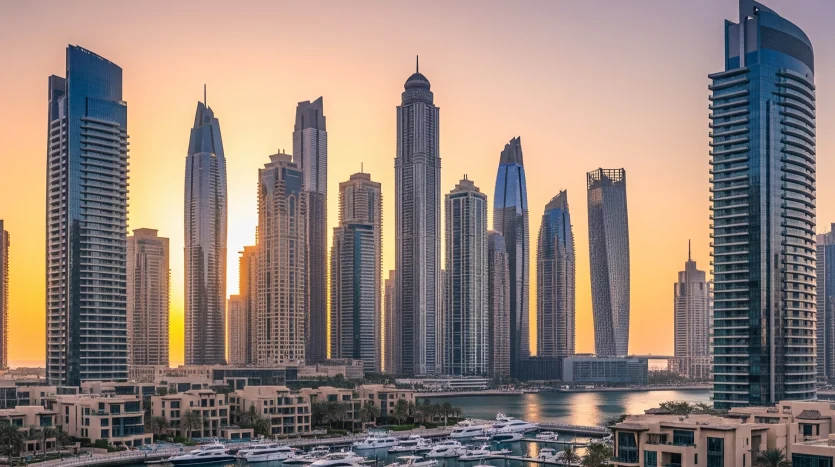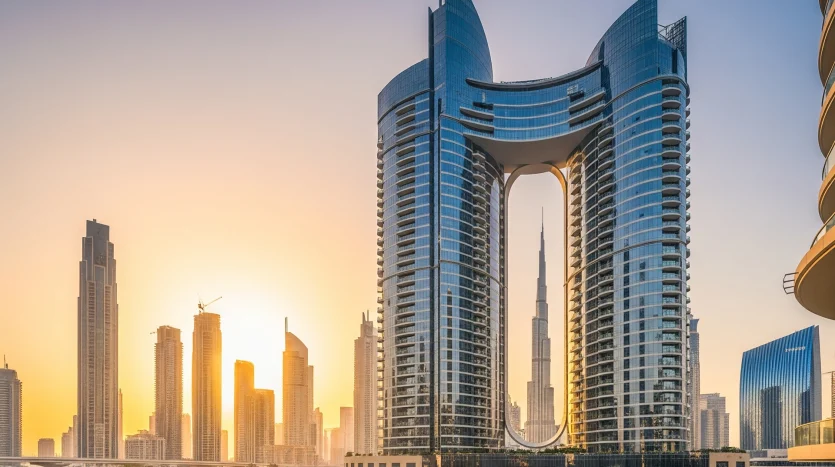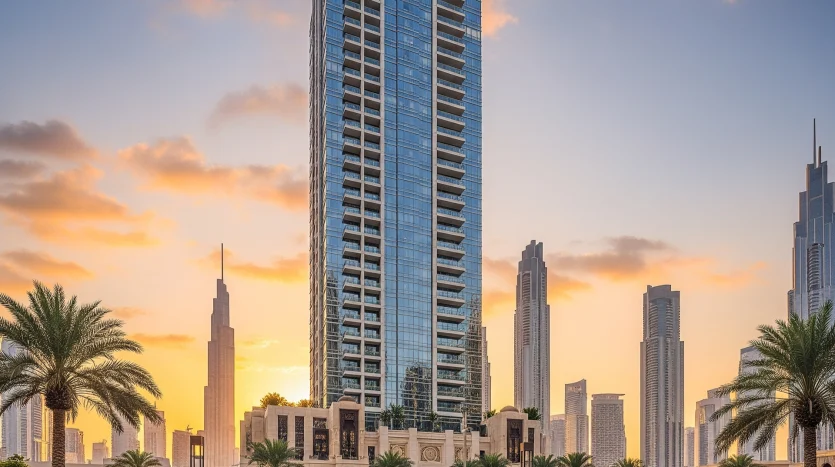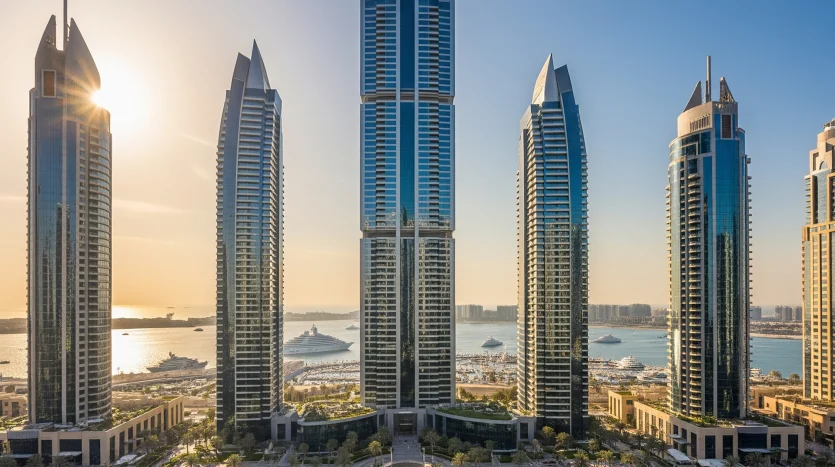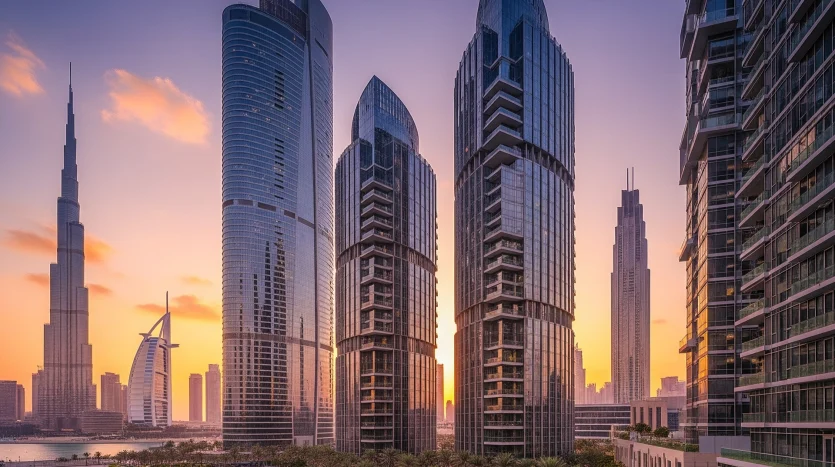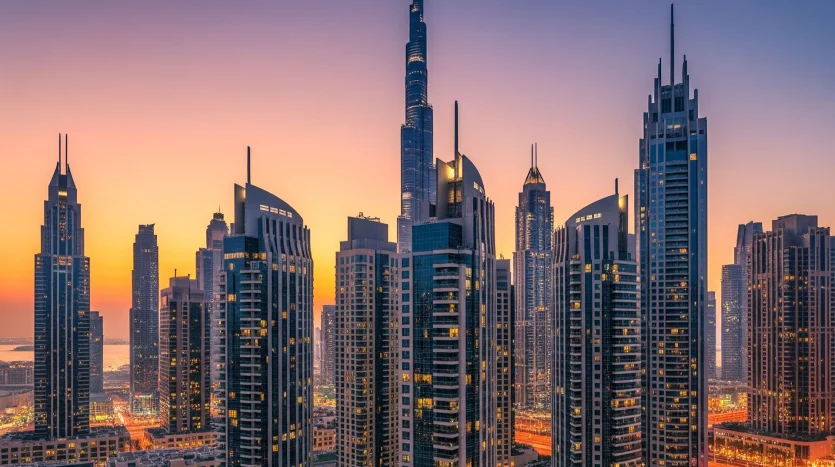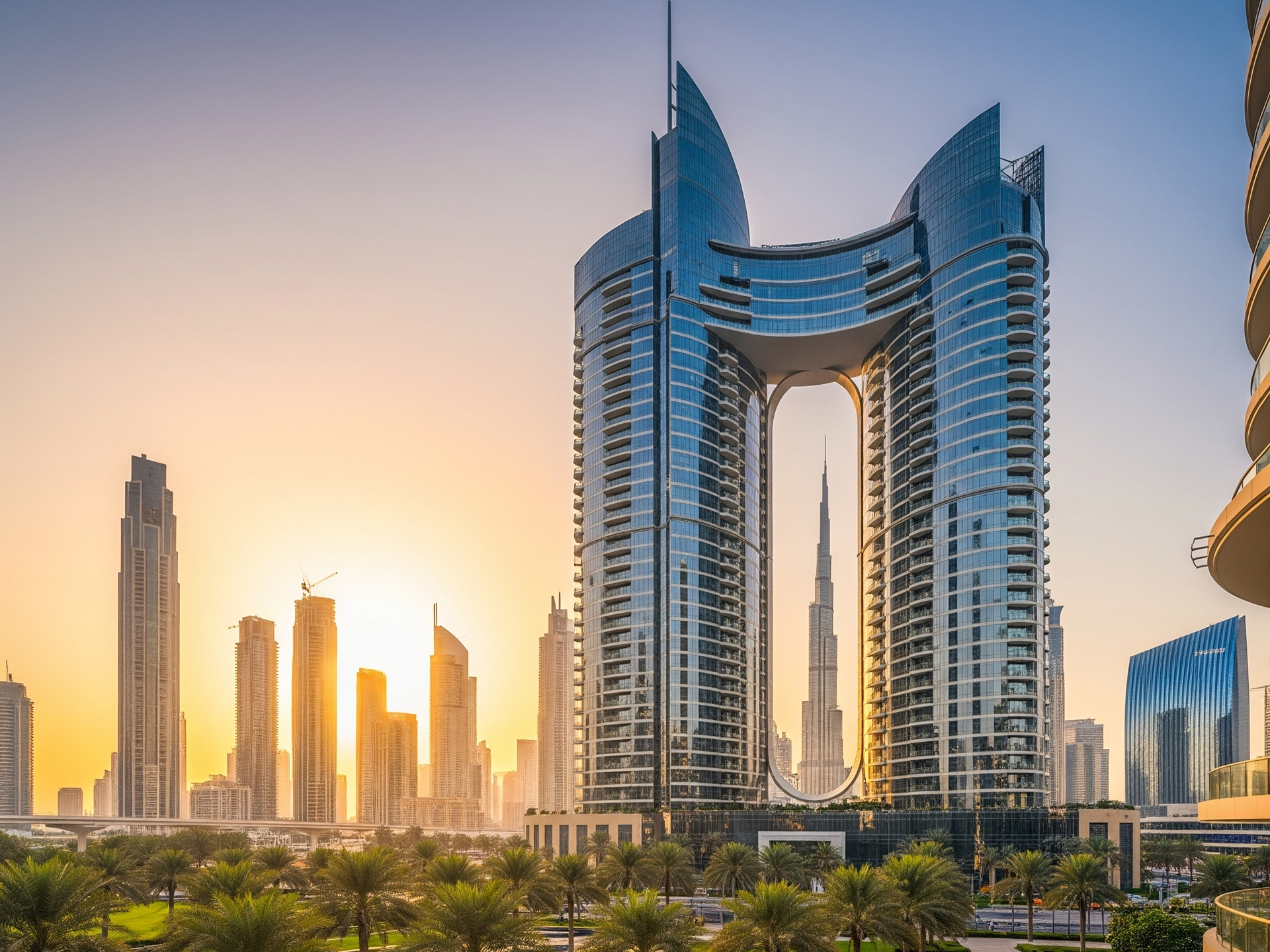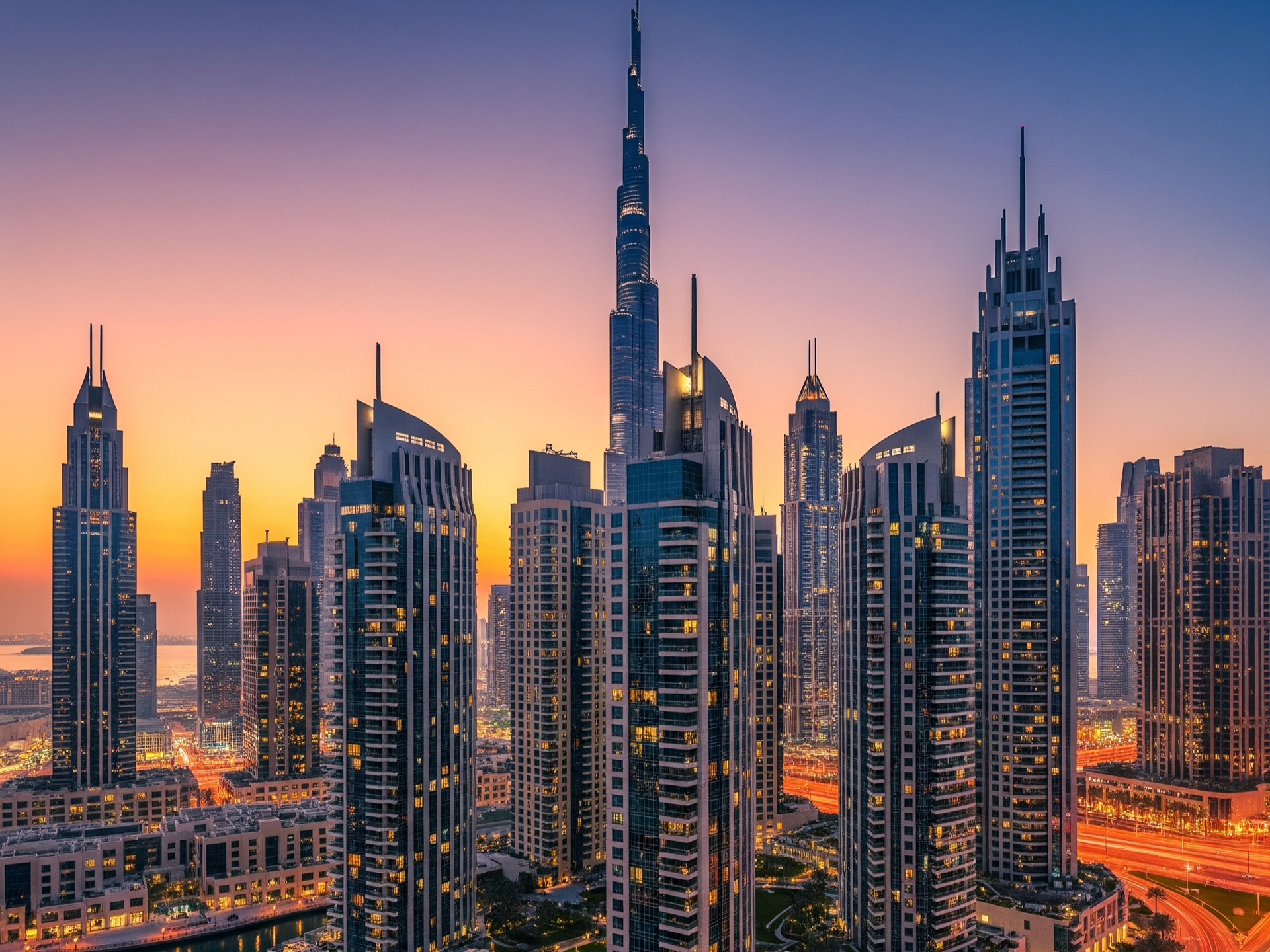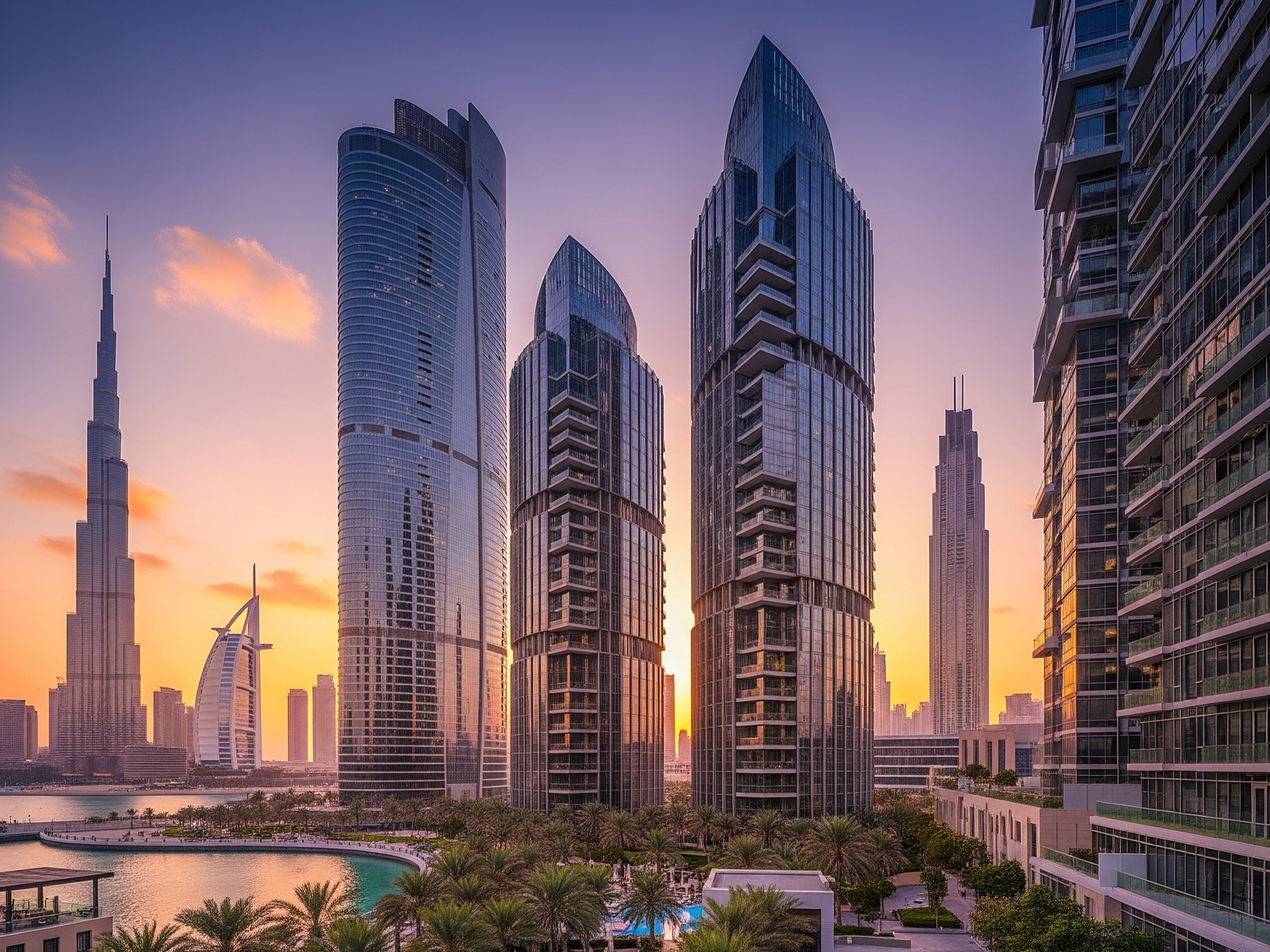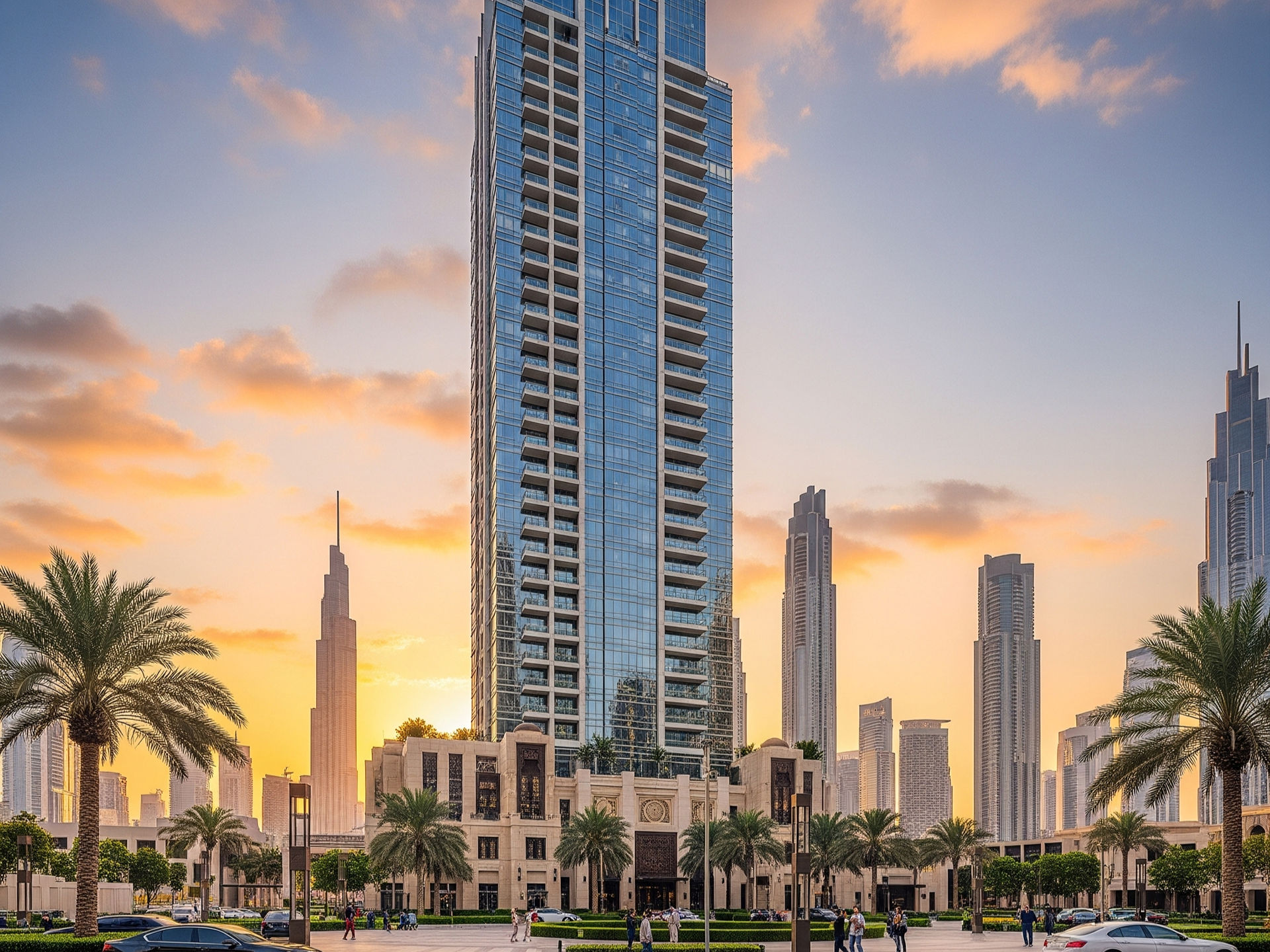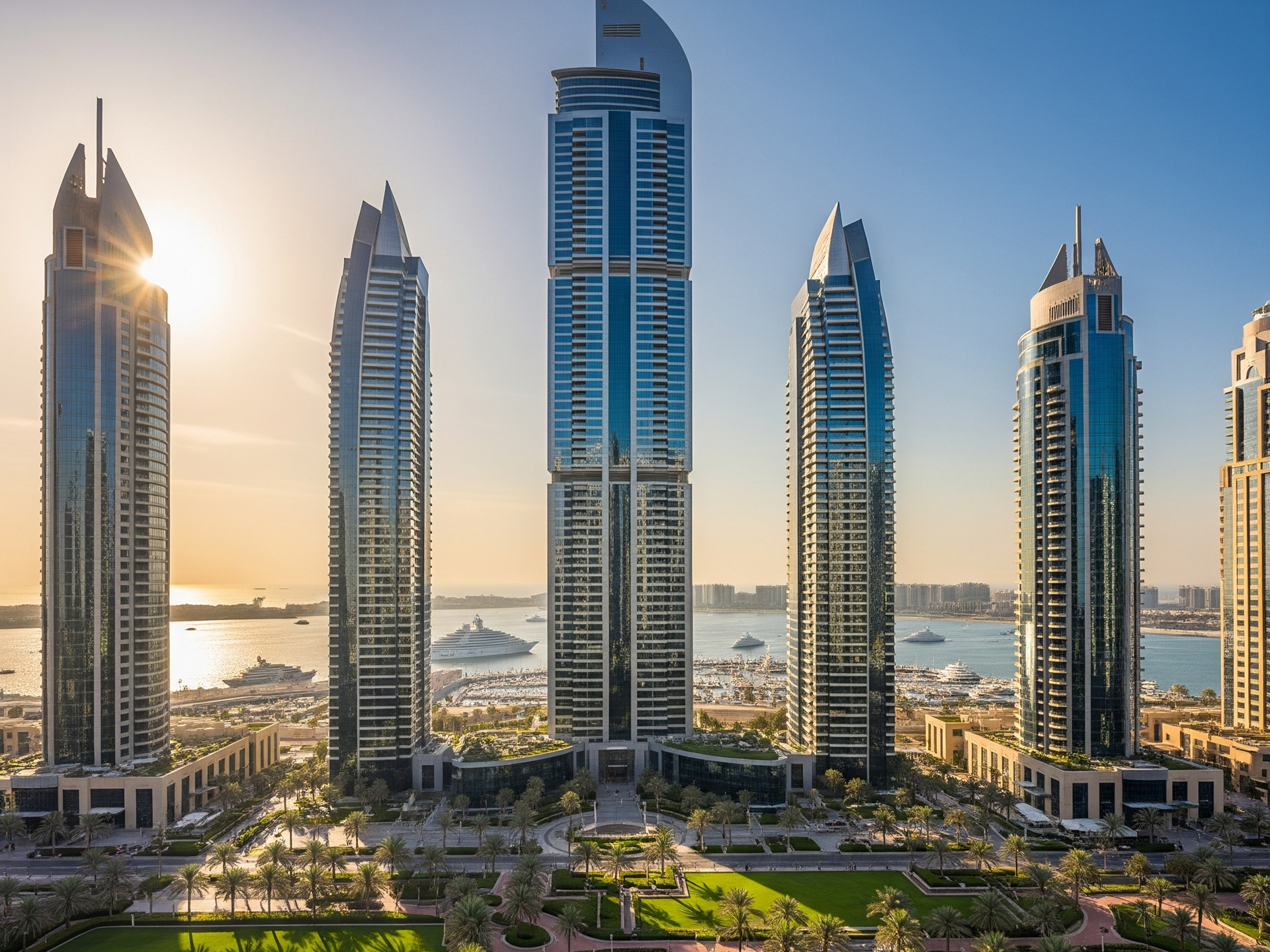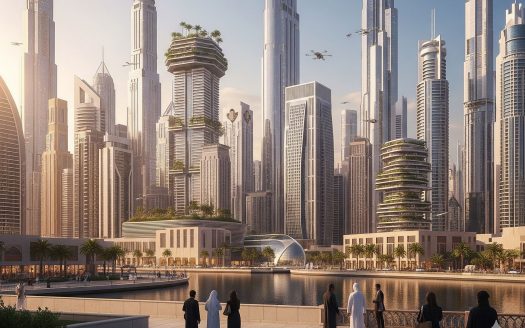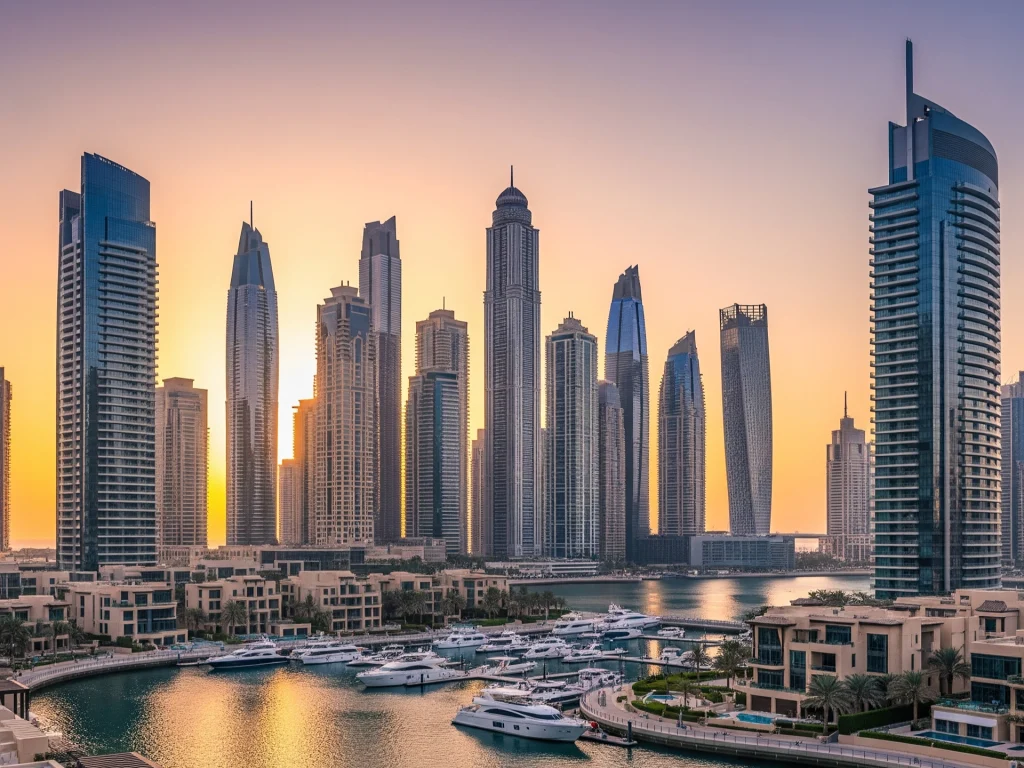
Real Estate Experts Predict Continued Growth Through 2026
The global real estate market has always been an indicator of economic health, long-term investment confidence, and societal development. As the world emerges from the turbulence of the pandemic years and continues to adapt to new trends in urbanization, technology, and sustainability, property experts are increasingly optimistic about the near future. Many leading analysts predict that real estate markets across major hubs will continue to grow steadily through 2026, driven by a combination of investor confidence, government initiatives, digital transformation, and demographic shifts.
In this article, we will explore the factors fueling this projected growth, examine how different regions are adapting, and discuss the opportunities available to both investors and end-users in the years ahead.
A Global Outlook of Real Estate Growth
The worldwide property market has proven resilient, even in the face of global disruptions. The sector not only recovered quickly after 2020 but also demonstrated strong adaptability by integrating digital tools, adjusting to remote work lifestyles, and meeting the evolving needs of consumers.
According to research by international real estate bodies, the property market is expected to maintain annual growth rates between 3 to 5 percent through 2026. This projection is based on factors such as rising demand for urban housing, expanding middle-class populations, increased infrastructure spending, and technological advancements in smart cities.
One of the most important dynamics shaping this outlook is the shift in how individuals perceive real estate. More than ever, property is seen not only as a place to live or work but also as a resilient investment vehicle. Whether it’s residential apartments in Dubai, commercial hubs in London, or mixed-use developments in Asian cities, the common thread is clear: real estate is on track to remain one of the most stable asset classes through the middle of this decade.
The Role of Urbanization and Population Growth
Urban migration continues to be one of the most powerful drivers of real estate demand. With more people moving into cities for better job opportunities and access to modern infrastructure, housing requirements have soared. By 2026, global urban populations are expected to account for nearly 60 percent of the total population, creating increased pressure on housing supply.
In regions like Asia, where megacities are expanding rapidly, governments and developers are working hand-in-hand to deliver affordable housing projects while also catering to the luxury market. Similarly, in the Middle East, cities such as Dubai and Riyadh are pushing forward with ambitious housing initiatives as part of their long-term economic visions.
Urbanization also brings demand for supporting infrastructure—schools, hospitals, shopping centers, and public transport—which further fuels real estate development. This cycle of demand and supply ensures that the sector remains active and continues to attract both domestic and international investment.
The Rise of Sustainable Real Estate
Sustainability is no longer just a buzzword in the industry; it has become a guiding principle for developers and investors alike. With global awareness of climate change and carbon emissions, governments and corporations are taking significant steps to ensure greener construction and energy-efficient housing.
Green-certified buildings, energy-saving designs, and eco-friendly materials are becoming the norm rather than the exception. Experts predict that by 2026, sustainable real estate will represent a major share of new developments, particularly in regions with stringent environmental regulations such as Europe and North America.
Investors are also showing a preference for sustainable assets, as these tend to hold long-term value and comply with international ESG (Environmental, Social, and Governance) standards. This alignment of market demand and investor expectations ensures that eco-friendly projects will continue to grow in importance over the next several years.
Technology and the Digital Transformation of Real Estate
The integration of technology in real estate has redefined the way properties are marketed, sold, and managed. Virtual tours, artificial intelligence-driven pricing models, blockchain-based transactions, and smart home automation are just a few examples of how technology is shaping the industry.
By 2026, digital platforms are expected to dominate the real estate landscape, offering buyers and investors unparalleled convenience and transparency. Blockchain, in particular, is gaining momentum as a means of ensuring secure property transactions, reducing fraud, and simplifying cross-border investments.
Smart homes and smart cities are also set to expand rapidly, especially in regions like the Gulf, where futuristic urban development projects are already underway. These advancements not only enhance the living experience but also increase property values, making them attractive to investors.
Regional Insights: Where Growth Is Happening
Middle East and Dubai
Dubai continues to be a major hotspot in the global real estate market. With its strategic location, investor-friendly regulations, tax-free environment, and ambitious development projects, the city has cemented its position as a global property hub. Experts forecast continued growth in Dubai’s real estate market through 2026, fueled by foreign investment and rising demand for both residential and commercial properties.
The city has attracted global attention with its luxury developments, waterfront communities, and innovative architectural projects. Additionally, government initiatives like long-term residency visas for investors and professionals are strengthening demand. Local professionals such as property agents in Dubai are playing a crucial role in guiding foreign buyers through this dynamic market, making it more accessible and transparent.
United States
The U.S. property market is expected to see moderate growth through 2026, especially in metropolitan areas like Austin, Miami, and Los Angeles. Rising demand for suburban homes, coupled with remote work flexibility, has reshaped buyer preferences. While mortgage rates continue to influence short-term affordability, the long-term trajectory remains positive.
Europe
European cities such as Berlin, Lisbon, and Paris are witnessing significant growth, particularly in residential and rental markets. With increasing demand for rental housing and strict sustainability regulations, developers are focusing on innovative housing solutions that balance affordability with eco-conscious living.
Asia-Pacific
Countries like India, Vietnam, and the Philippines are experiencing rapid real estate development due to urban migration and economic expansion. Meanwhile, established markets such as Singapore and Hong Kong continue to attract global investors despite high property prices.
The Impact of Government Policies
Governments worldwide play a central role in shaping real estate growth. From infrastructure spending to housing subsidies and foreign investment policies, these measures directly influence market activity.
For example, in Dubai, the introduction of visa reforms and relaxed ownership laws has boosted foreign investment significantly. Similarly, in the U.S., incentives for first-time homebuyers have supported residential demand. In Asia, massive infrastructure projects such as metro expansions and smart city initiatives are driving up land and property values.
As we move toward 2026, experts predict that governments will continue to intervene actively in real estate markets to maintain balance, affordability, and sustainability.
Opportunities for Investors
Real estate remains one of the most attractive investment options due to its ability to generate rental income, long-term appreciation, and portfolio diversification. With projected growth through 2026, investors have a wide range of opportunities to explore:
-
Residential Properties – Growing demand for housing ensures steady appreciation in urban centers.
-
Commercial Real Estate – Despite the rise of remote work, office spaces in prime locations remain in demand, especially as hybrid work models become standard.
-
Industrial and Logistics Properties – The e-commerce boom has created massive demand for warehouses and distribution centers worldwide.
-
Luxury Real Estate – High-net-worth individuals continue to drive demand for premium properties in global hubs like Dubai, London, and New York.
-
Vacation Homes – With travel rebounding, holiday homes in tourist destinations are once again becoming a lucrative segment.
Investors looking to diversify geographically should consider emerging markets where property prices are relatively affordable but growth potential remains high.
Challenges That May Impact Growth
While the outlook remains positive, the industry is not without its challenges. Some potential risks that could impact growth through 2026 include:
-
Rising interest rates, which may affect mortgage affordability.
-
Geopolitical instability, which can disrupt investor confidence.
-
Inflationary pressures, increasing construction costs and property prices.
-
Stricter regulations, particularly related to sustainability and taxation.
Despite these hurdles, most experts agree that the long-term fundamentals of real estate remain strong, with demand expected to outpace supply in many regions.
The Future of Real Estate Careers
As the industry grows, so does the demand for skilled professionals. Real estate careers, from property agents and brokers to analysts and developers, are expanding globally.
In Dubai, for example, the role of property agents has become increasingly important due to the city’s influx of foreign investors. Their expertise in guiding international buyers through legal frameworks, market trends, and cultural nuances ensures smoother transactions and builds investor confidence. Similarly, across the world, digital-savvy professionals who can leverage technology for marketing and client management are expected to be in high demand.
Conclusion
The forecast for real estate through 2026 is highly optimistic, with growth expected across residential, commercial, and industrial segments. Urbanization, technological innovation, sustainability, and government support are the primary forces driving this upward trajectory.
Regions like Dubai are emerging as global leaders, attracting international investors and offering unparalleled opportunities. Local expertise, such as the services provided by property agents in Dubai, is making it easier for buyers and investors to enter these markets with confidence.
While challenges such as inflation and interest rates remain, the long-term fundamentals of the sector are strong, and property continues to be one of the most resilient asset classes available.
As we look toward 2026, one thing is clear: real estate will remain a cornerstone of global economic development, offering both stability and opportunity to those who invest wisely.

